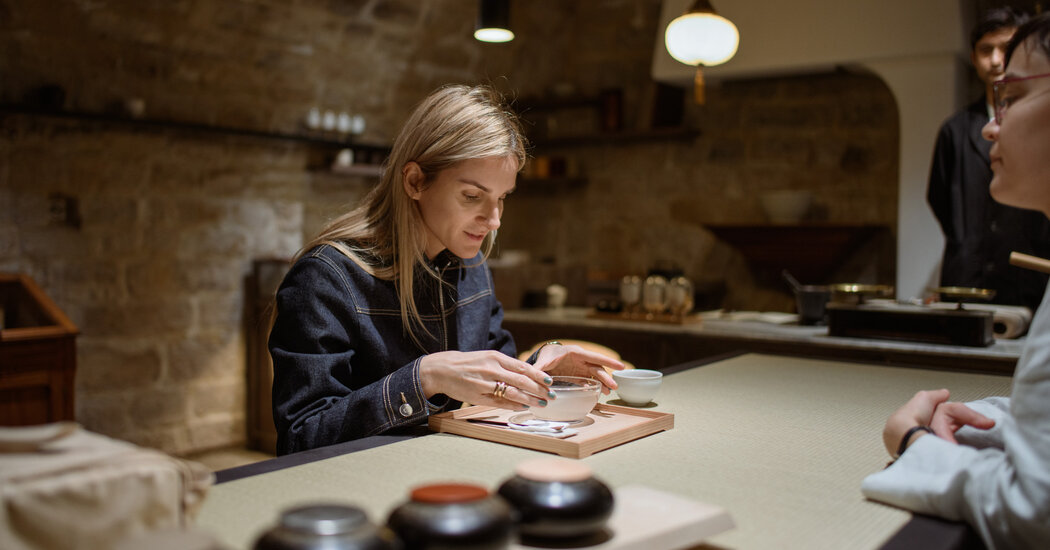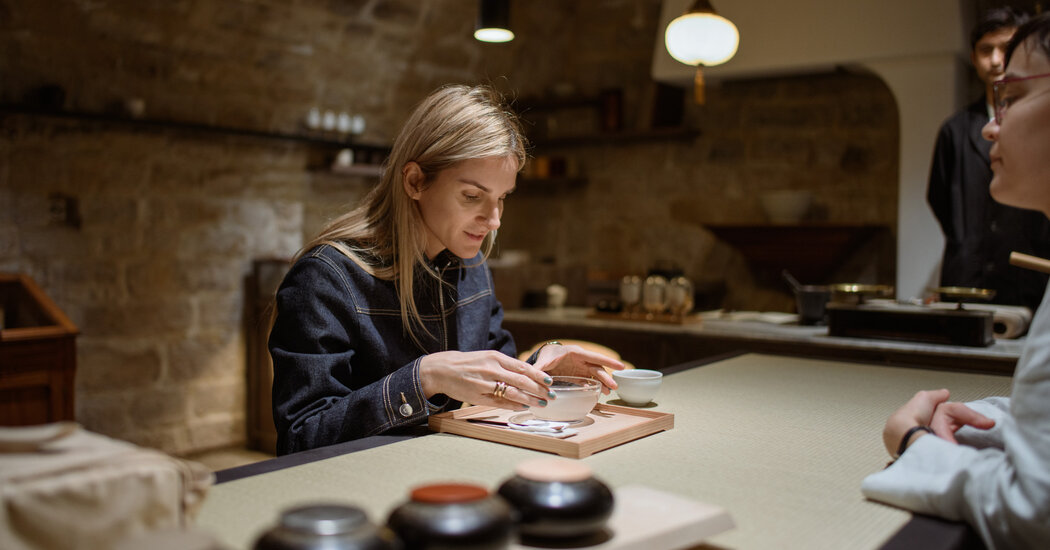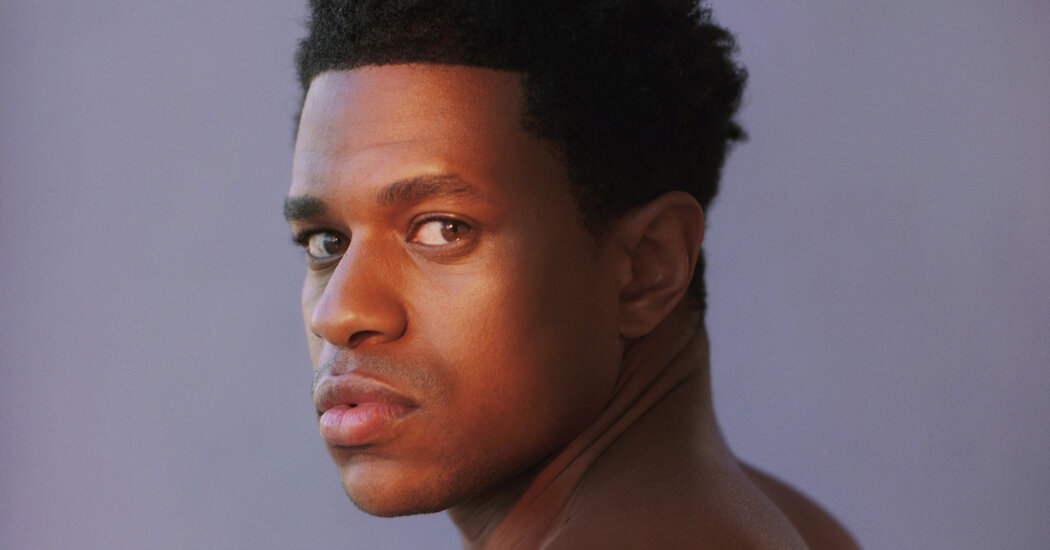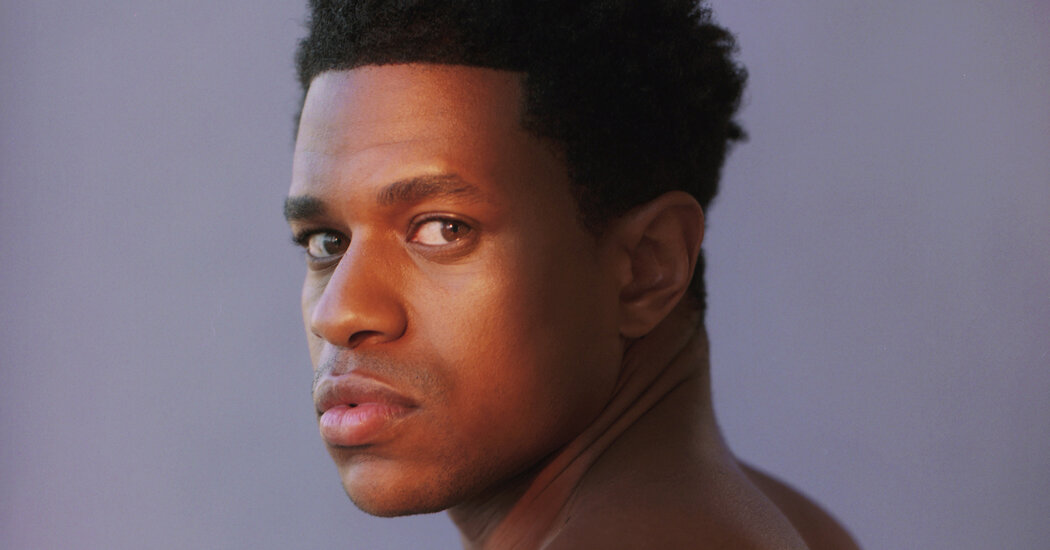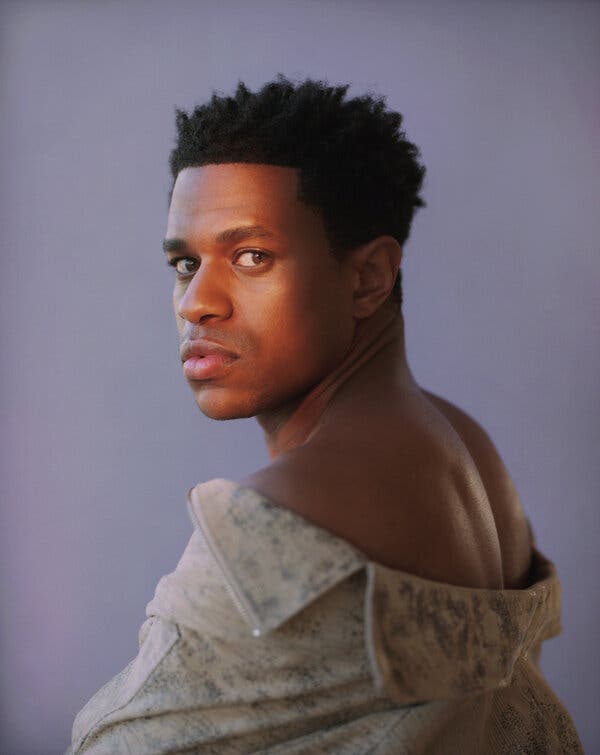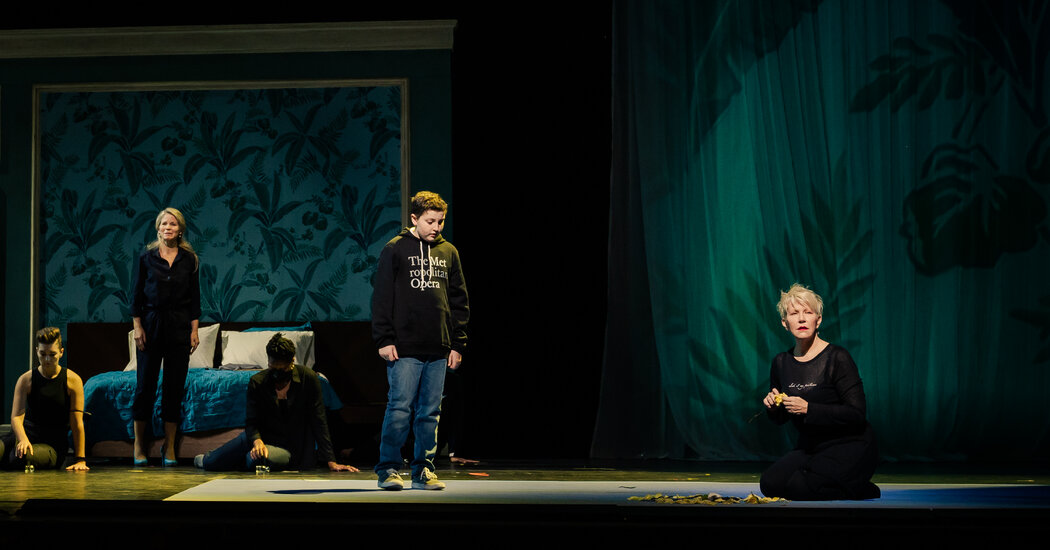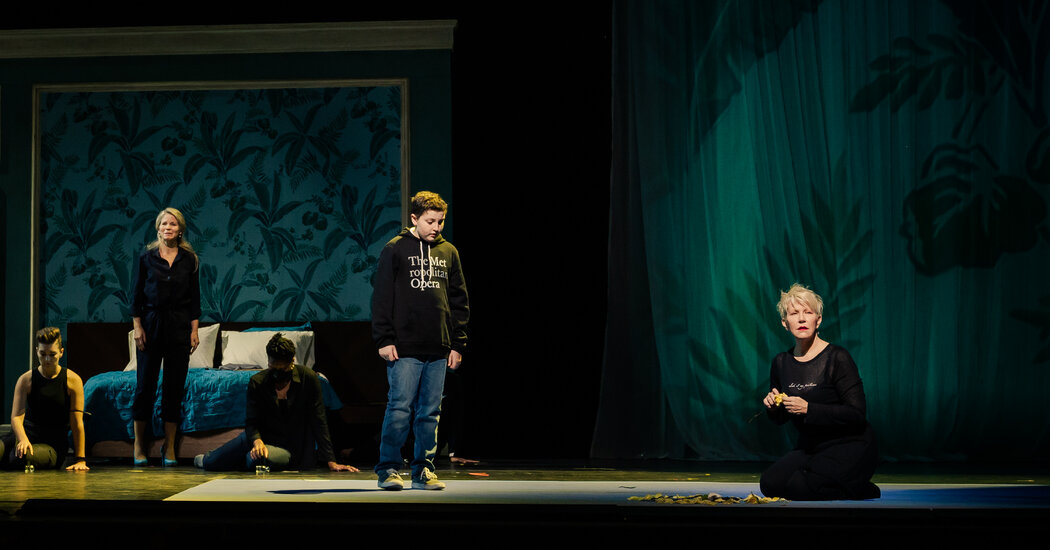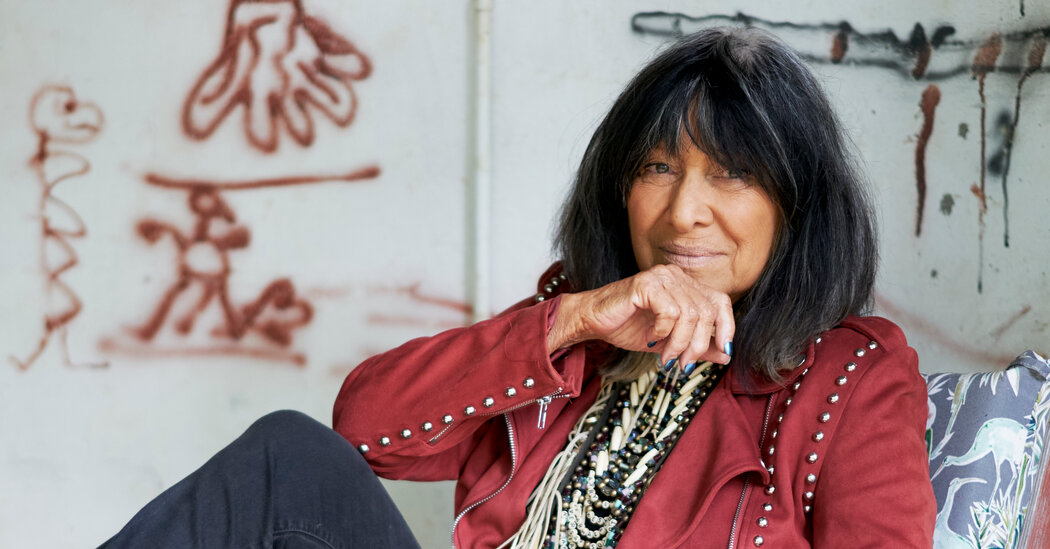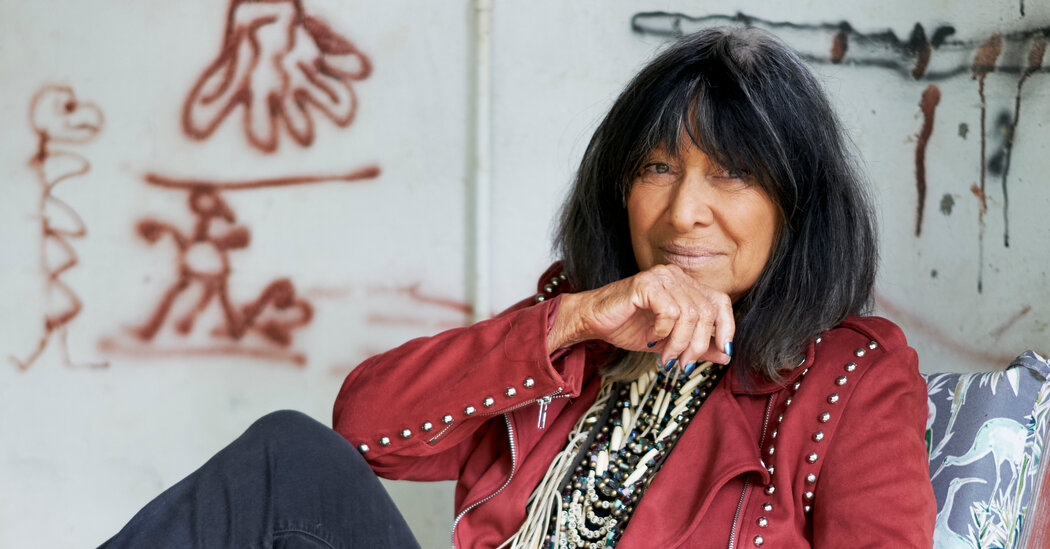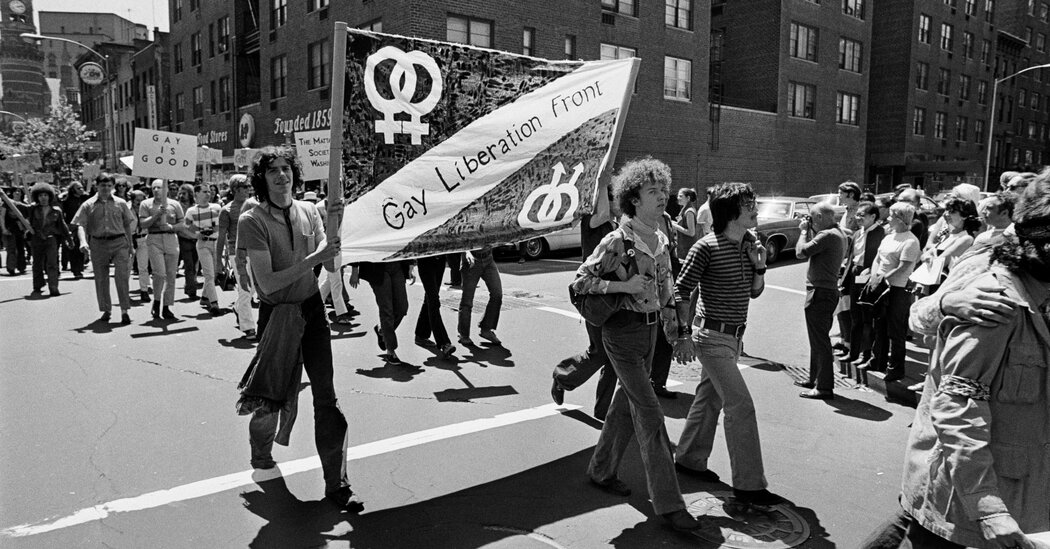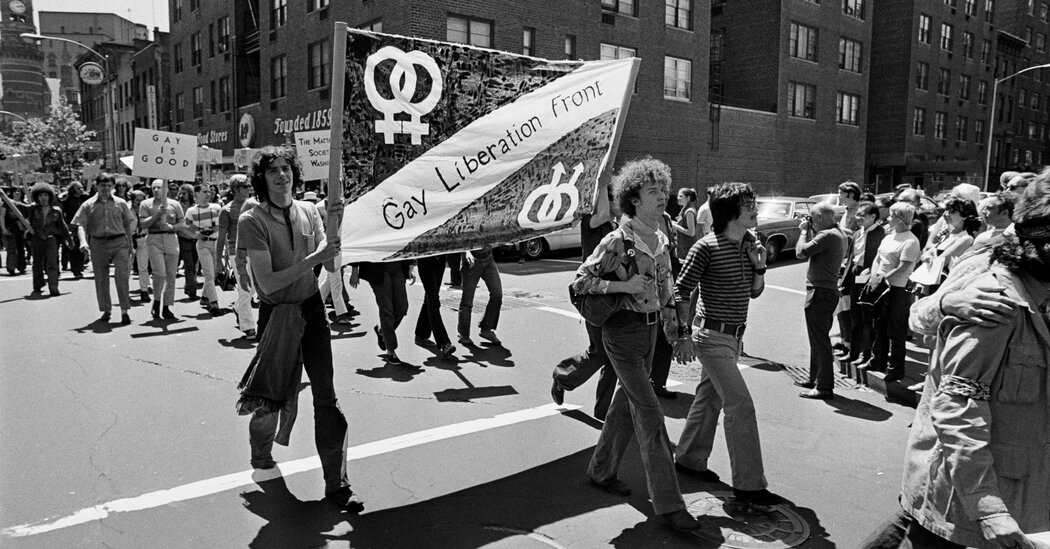
When the New York Philharmonic moved to Lincoln Center in 1962, its new hall had no women’s dressing rooms. That’s because there were no women in the orchestra.
But this fall, as the Philharmonic opens its newly renovated home, David Geffen Hall, its players have returned not only to more equitable facilities backstage, but to a milestone onstage: For the first time in its 180-year history, the women in the Philharmonic outnumber the men, 45 to 44.
“It’s a sea change,” said Cynthia Phelps, the principal viola, who joined the orchestra in 1992. “This has been a hard-won, long battle, and it continues to be.”
The orchestra’s new female majority could prove fleeting — it currently has 16 player vacancies to fill, in part because auditions were put on hold during the pandemic — but it still represents a profound shift for an ensemble that had only five women at the beginning of the 1970s. That was the decade it began holding blind auditions, with musicians trying out by playing behind screens.
The pipeline now teems with female candidates: At the Philharmonic, 10 of the 12 most recent hires have been women.
“This certainly shows tremendous strides,” said Deborah Borda, the Philharmonic’s president and chief executive and a pioneer in the field of orchestral management. “Women are winning these positions fair and square.”
“All we seek is equity,” she said, “because society is 50-50.”
Women now make up roughly half of orchestra players nationwide, but they are still substantially outnumbered by men in most elite ensembles, including in Boston, Philadelphia and Los Angeles.
The Philharmonic still falls short by several measures. Women hold only about a third of its leadership positions, including its principal positions and assistant or associate principals, which are the best-paid positions for players. The orchestra has never had a female music director. Some sections remain noticeably divided by gender: 27 of its 30 violinists are now women, for example, while the percussion section is made up entirely of men. There is still a glaring lack of Black and Latino members.
Still, many artists hailed the new prevalence of women in the Philharmonic as a significant development. Symphony orchestras were long seen as the dominion of men. And turnover is generally extremely slow at leading ensembles like the Philharmonic, whose players are tenured and can remain in their posts for many years. Meaningful demographic change can take decades.
“It’s more of a family now,” said Sherry Sylar, associate principal oboe, who joined the orchestra in 1984. “There are moms and pops both.”
For much of its history, the Philharmonic, the oldest symphony orchestra in the United States, was closed off to women. At the time of its founding in 1842, women were not only discouraged from pursuing careers in music — it was rare for them to attend evening concerts unless they were with men. (In “Philharmonic: A History of New York’s Orchestra,” Howard Shanet wrote that during the 19th century, the ensemble’s public rehearsals on Friday afternoons were popular with “unaccompanied ladies who could venture forth by day with more propriety than they could by night.”)
It was not until 1922 that the Philharmonic hired its first female member, Stephanie Goldner, a 26-year-old harpist from Vienna. She departed in 1932, and the orchestra became an all-male bastion again for decades.
Then, in 1966, Orin O’Brien, a double bassist, was hired as the Philharmonic’s first female section player. Often described as the first woman to become a permanent member of the orchestra, she was at the vanguard of a pioneering group of female artists who opened doors for other women to join. The orchestra’s move toward blind auditions in the 1970s was seen as making the process fairer. By 1992, there were 29 women in the orchestra.
Even as representation increased, however, female musicians often faced discrimination. Sexism was widespread in the industry (the maestro Zubin Mehta, who opined in 1970 that he still did not think women should be in orchestras because they “become men,” was named the orchestra’s music director six years later). Fewer women got the best-paid principal positions, and some who did found that they earned far less than their male counterparts. In 2019, the Boston Symphony settled a lawsuit in which the principal flutist of the orchestra said she was being paid less than a male colleague, the principal oboist.
Judith LeClair became the first woman to take over a first chair at the Philharmonic when she joined as principal bassoon in 1981, at the age of 23. She described her early days in the orchestra, when she was one of 17 women, as lonely. She said she had to fight to be paid as much as her male colleagues, hiring a lawyer to help negotiate contracts. It took at least 20 years, she said, before she reached parity.
“I did feel I was taken advantage of in the very beginning because I was a woman, and young and naïve,” she said. “It felt humiliating and demeaning.”
Some male colleagues took to calling the women in the orchestra “the skirts.”
“It minimized the role that we played in the orchestra,” said Sylar, the oboist. “It felt like you had to be better to gain the respect of the other musicians. It was just a constant struggle of always pushing myself to be better.”
The nickname was not her only encounter with sexism. Shortly after she joined the orchestra, she recalled that Erich Leinsdorf, a frequent guest conductor, during a meeting in his dressing room, asked why she did not wear dresses during rehearsal (she preferred pants).
“It just sort of floored me,” she said.
It was not until 2018 that the Philharmonic changed its dress code to allow women to wear pants at its evening concerts. Before that they were required to wear floor-length black skirts or gowns.
In recent years, as women have taken on more leadership roles in the orchestra, the climate has become more inclusive, several players said.
“It’s so welcoming and warm and it feels just like a big family,” said Alison Fierst, who joined as associate principal flute in 2019, and had been moved by getting the chance to get to play alongside some of the pioneering women who had broken barriers in the orchestra.
There are some outliers — the St. Louis Symphony, for example, has had a female majority for a decade — but men still outnumber women at most leading orchestras in the United States. Elsewhere, progress has been slower: The Vienna Philharmonic did not allow women to audition until 1997. It is now about 17 percent female.
The lack of women in leadership roles in orchestras — the principal players in each section can earn much more than their colleagues — has also drawn criticism. The vast majority of principal positions still go to men, and the conducting field is overwhelmingly male: Only one of the 25 largest ensembles in the United States is led by a woman, the Atlanta Symphony Orchestra, whose new music director is Nathalie Stutzmann.
Michelle Rofrano, a conductor who is a founder of Protestra, an orchestra and advocacy group focused on social justice, said that more needs to be done to ensure that women rise to leadership roles.
“Diversity shouldn’t be just a box to check; it requires mentorship and support,” she said. “We’re missing out on perspectives and an array of people who bring their unique talent.”
The Philharmonic has sought to play a role in promoting change, including by hiring more women as guest conductors in recent years and by commissioning works from 19 female composers to honor the centennial of the 19th Amendment, which barred states from denying women the right to vote (one of the works it commissioned, “Stride,” by Tania León, won the Pulitzer Prize). Some of its players have privately urged the Philharmonic’s leaders to select a woman to replace the orchestra’s outgoing music director, Jaap van Zweden, who is set to step down in 2024.
After spending decades in an industry in which men have been so dominant, some Philharmonic members say they are still getting used to the sight of so many women onstage.
This fall, as the orchestra celebrates its remodeled home and the Philharmonic makes history with its female majority, some feel that a new chapter has begun.
Sylar said she was struck by the artistry of the women who have recently joined the ensemble.
“I’m not saying I want this to be an all-women orchestra either,” she said. “It just nice to see that women are being recognized for their talent.”





